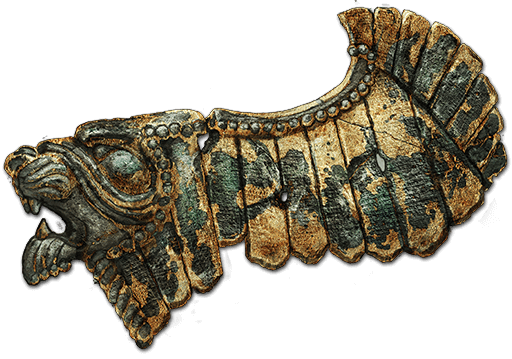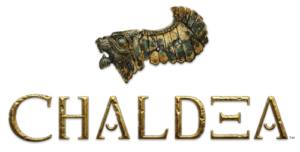C H A L D E A N H A L F L I N G S
Halflings are, on average, a bit shorter than dwarves and significantly shorter than humans, standing only between 3' and 4' tall. They tend to be a bit on the chubby side, not due to genetics but because of the importance of food in their culture and because they are drawn romantically to members of their race who have “love handles.” Halflings who lead a particularly active lifestyle or value athleticism will have slighter builds, more like humans.
Halflings are known for their skills in cooking, brewing, farming, gardening, beekeeping (including the giant species), and literature. Unlike humans and orcs, most halflings can read and write, and they are known for being great storytellers.

Halflings tend to place a particularly high value on family and community, taking great care to track lineages. They are the only race besides elves to have extensive documentation of their family trees dating back to their immigration, and they possess a higher-than-average appreciation that Chaldea is not their home world of Mag Mel.
Halflings aren’t generally known for their combat skills, but they do have a few tricks up their sleeves should hostiles invade their territory. They are formidable with slings, which they all carry should they stumble upon game. Also, the giant bees they tame for the collection of honey (giant bees = giant volumes of honey) are often trained as mounts for aerial combat.
Halflings tend to live in shires, hilly regions that are convenient for digging out underground homes and good for defending against raiders.
Halflings are generally good natured and are fascinated by magic, fairies, and elves, whom they consider to be distant cousins. That said, halfling politics are underscored by deep family rivalries, and gossip and family drama both play a big part in their lives. Still, when faced by a hostile force, these rivalries are put aside for the good of the community.
Halflings tend to get along with most other races, provided those races are well behaved. For obvious reasons, they are wary of orcs and their kin.
Halflings are longer-lived than humans by about half again. Halflings aren’t considered “elderly” until they are about 125 and quite a few live to be past 150 years old.
Halflings share a common tongue with the Perts, although most are fluent in Kordavan as well.
Halflings are mammals with male and female counterparts. They mate, have babies, and nurture their young much as humans do, although multiple births and large families are more common than they are for humans.
Halfling Diaspora
Halflings do not have a home kingdom that they rule; instead, they have communities in several human kingdoms, where they try their best to live in harmony with the locals. The largest communities of halflings are in Dorsang, Perrin, Andalus, and Latium. Because halflings are highly valued for their culinary skills, most major Chaldea cities have modest halfling communities.
In some communities—notably Augstat, Esh, Juba, Regis, and Gleam—there are significant groups of halflings who take advantage of their skills in stealth to participate in criminal activities.
Emotional Trait
If there’s one thing halflings really struggle with, it’s complacency. Some might call this laziness, but halflings certainly don’t see it that way. Halflings long for a quiet, peaceful, belly-filled life of gardening, eating, and making babies. This often gets in the way of halflings achieving bigger goals, like building monuments, inventing technologies, or studying difficult topics like astrology or mathematics.
C H A L D E A P E D I A










